The Coral Expeditions fleet is currently moored in Cairns. But the vessels, crewed by Australians and New Zealanders, are one of only a tiny number of locally flagged cruise ships.
Buoyed by the idea of cruising in a Covid-free “bubble”, the line is taking bookings for local cruises and itineraries to “remote shores and unpopulated islands”, according to Commercial Director Jeff Gillies.
He is also praying Queensland will soon open its borders.
Coral Expeditions has been sailing Australia for 35 years, and while Mr Gillies told the Australian Financial Review recently that it was “a bit more expensive to fly the Australian flag with higher operational costs”, he believes it gives him a strong marketing edge. Especially in a coronavirus environment.
“It is associated with the highest maritime standards, which now has us well positioned as an exceptionally low-risk cruise option for local consumers,” he told the newspaper.
But will it make the difference between cruising or not? Can cruise create its own “bubble”?
If a ship, cleaned and disinfected and crewed entirely by Australians or New Zealanders and declared Covid-free, sailed around our shores, would this satisfy state and territory health authorities?
Australian union leaders are understandably keen to get the matter discussed.
“I think this is the only opportunity in my lifetime to make some changes and make these people live up to the standards that we expect,” Dean Summers, the Australian Coordinator for the International Transport Workers Federation, told The Guardian Australia this week. “Australia should be paving the way for an Australian cruise ship industry.”
The major cruise lines believe that a move to an Australian crew would make the vessel unviable as a business. Fares would be too high, and workplace restrictions would add to costs.
But by how much?
We weren’t able to find anyone who has modelled the results of an Australian crew working a large cruise ship. We’d certainly like to hear from you if you know of such research. Not even the Maritime Union of Australia, which has been running a campaign to save Australian shipping for several years, has run the numbers.
“The Australian government not only has a unique opportunity but a moral obligation, to learn from the Covid-19 pandemic and radically reform the way the cruise ship industry is regulated before allowing operations to restart in Australian waters,” the union’s national secretary, Paddy Crumlin, told The Guardian Australia.
“The Morrison government should use their strong bargaining position with multinational cruise lines desperate to restart operations to negotiate for these vessels to be registered in Australia, crewed by Australian workers, and governed by Australian laws.”
Asked if the union had researched what this would cost and how it would work, a union spokesperson said they couldn’t find anyone who had.
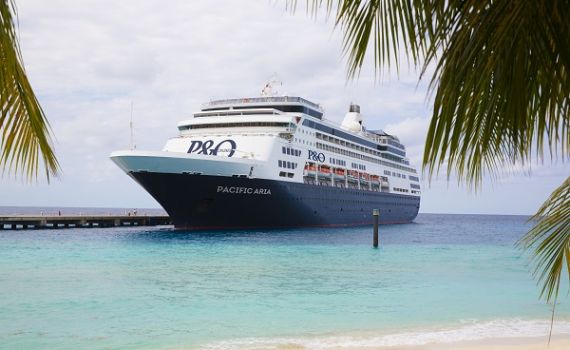 So in a distinctly unscientific piece of detective work using the back of the proverbial envelope, we tried to piece together what the Pacific Aria, one of P&O fans’ favourites, might look like with a Green and Gold complement.
So in a distinctly unscientific piece of detective work using the back of the proverbial envelope, we tried to piece together what the Pacific Aria, one of P&O fans’ favourites, might look like with a Green and Gold complement.
The 1,280-passenger vessel has a staff of 602. According to Indeed, the employment site, the average support worker salary on Carnival is $21,340 and a manager can earn $75,489.
Say we use the annual pay rates of the Royal Australian Navy of $61,541 for an able seaman and $97,272 for a Petty Officer as a base for our Aussie crew.
According to many sites, a captain earns $153,000 – which seems a little low, but we better have one or there will be a mutiny.
Now let’s say 402 of the crew currently earn the “support workers” salary of $21,340 a year, and 200 are running the ship on a manager’s rate of $75,489. That makes a very rough estimated annual wage bill of able seaman’s salary, and 200 earn the salary of a Petty Officer. That makes a total annual bill of $23,676,480.
For our Aussie crew, let’s use the same number (some would have it that Australian labour laws would mean we’d need more) and let’s say our 402 wait staff, chefs and other support workers earned an able seaman’s wage of $61,541 a year, while the marine complement earned $97,272. And let’s not forget our captain on $153,000. That would make a total of $44,249,610.
Not quite twice as much, but close – leaving $20,573,130 to find for our green and gold ambitions.
Now we are running out of space on our envelope – but let’s make one last calculation. The Aria has 1,280 passengers, and let’s assume the sales staff do their jobs and she runs at capacity 48 weeks a year, giving you 61,440 to share that extra wages bill.
So using these completely unreliable numbers, it would appear that every passenger would face a bill of $334.84 extra a week to pay for an Australian.
So given all the riders, why are we even doing these sums?
Firstly, like so many cruise fans, we’d like to cruise again. Yet not one of the lines which maintain their are “local” has considered an out-of-the-box idea to make things happen.
When we approached P&O, the line’s spokesperson said:” Cruising is a global business and the recruitment of crew reflects the industry’s international scope and the longstanding nature of the business model.
“We are not contemplating a change to this business model in our region and we don’t see current arrangements as an obstacle to the resumption of cruising when the time is right.”
P&O’s clientele might well be a little more price sensitive than Coral Expeditions, where a wonderful itinerary to Ningaloo and the Bluewater Wonders of Australia’s West costs some $965 a day. Eleven nights on the new Pacific Adventure next year (we are discarding quad cabins as we’re not sure they will be available) in an ocean view cabin costs $149.90.
So would you spend an extra $300 pp per week so your ship was crewed by Aussies?
Let us know what you think?

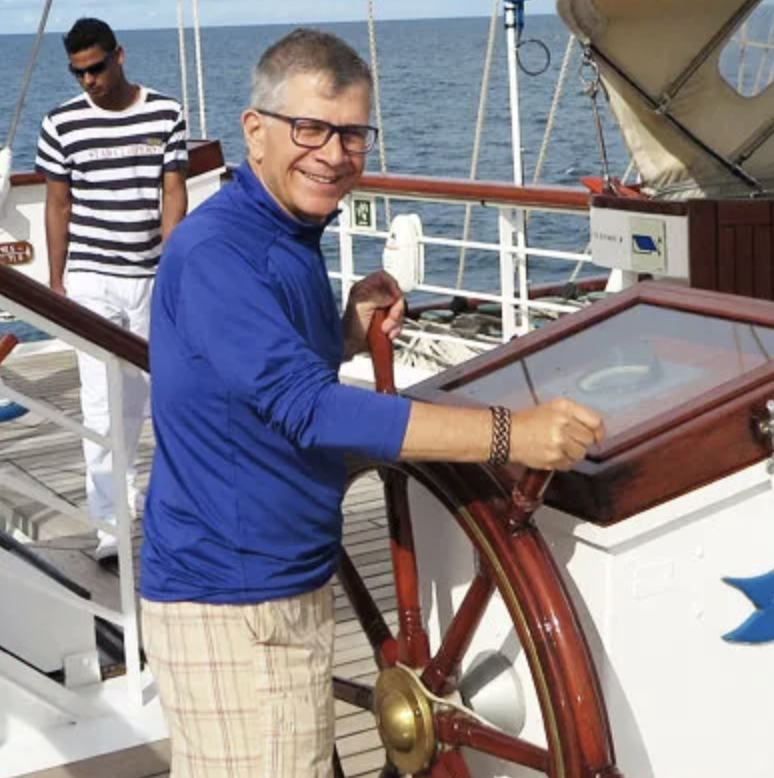
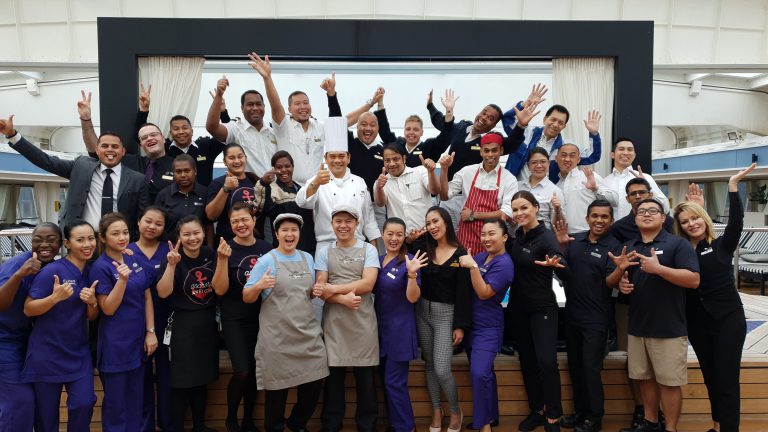
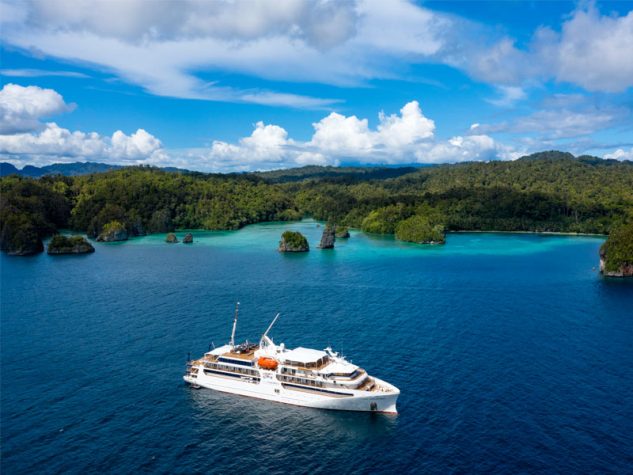


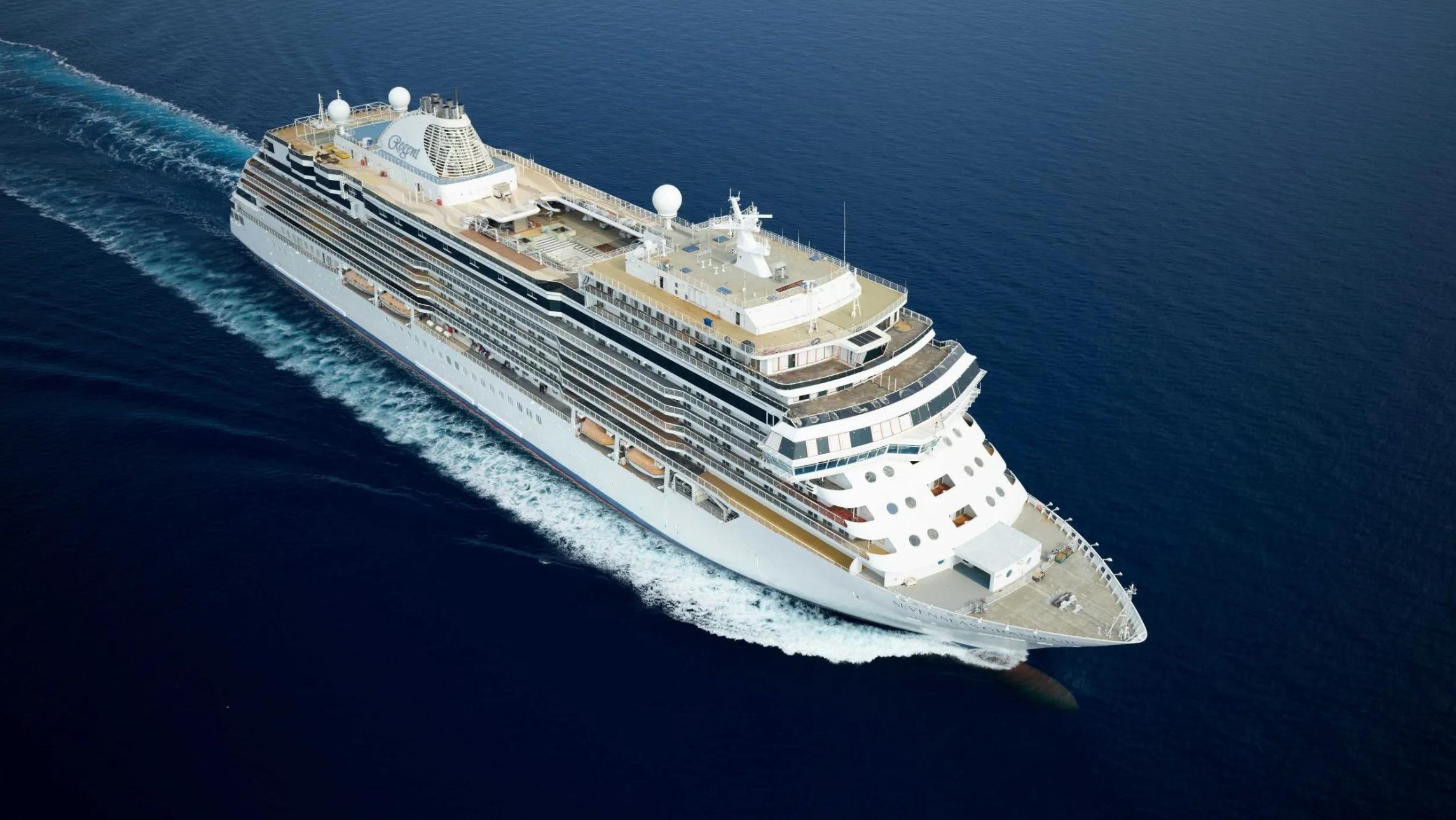




It’s not about just the crew, it’s about the other passengers. Yes I would cruise in a heartbeat but only if everyone on board was Aussies or Kiwies!
Having an international/mainly Filipino crew provides much greater opportunities to those workers than having Australian workers paid at Australian minimum wages. Even though the wages may be lower, the benefits of these jobs to the foreign workers, their families and their countries are very significant and it would be a shame to take this away just to give relatively low paid jobs to Australian workers.
Working on board a ship is actually a fairly highly skilled job in any position, due to the training and experience required. Very unlikely that cruise lines would be able to recruit enough Australian workers given there are so few Australian sea employees currently. And also unlikely they would provide a similar standard of service for a higher cost.
So the benefits to Australian workers and passengers would be very low versus the cost to Filipino crew and financial cost for passengers.
Of course it would be good to see improvements for international crew – e.g. maximum 6 month working contracts. Better to focus on improving conditions than replacing international workers with Australians.
An entirely Australian crewed ship presupposes that they will be any better than those crewed from other places. Traveled on a small Australian owned cruise ship with 200 passengers and an international crew. They were trained with in ‘an inch of their lives’ – the service was impeccable – an entirely Aussie crew could not have been better.
I would not pay more for Aussie crew. It would not be affordable and they wouldn’t give as good service
Definitely Yes .. as long as their service is as good if not better .. Protocols esp safety/ hygiene protocols must be high, well understood and followed…upon pain of death !!
As far as communicable diseases are concerned, I don’t think the crew are the problem. It is the paasengers who have no regard for anyone else. Skipping hand washing stations, outright lying (“I am going straight through, not going to the buffet”) to crew just doing their job by checking everyone is being hygenic. So many examples.
Absolutely yes,,,,would be great….would definately pay extra for Aussie staff
I have been on a few cruises manned by NZ Aussie Fijian and Philippines, I have found them all to be very professional, very helpful etc etc. the idea of running under a Kiwi or Aussie flag using Local law and more importantly local currency would be a huge advantage to the local economy. Provided all taxes are paid in Aussie or NZ.
My thoughts are that these cruise ships are just getting too bloody big. I like socialising but with 500 to 1000 NOT 3000 to 5000.
Untill the cruise industry can address all problems within the industry like quod rooms self serve food changing the crew More often, and better sanitation of the ship at change over. Stopping the masses and better ventilation, law of the land not this made up shit that happens at sea, and reasonably priced medical assistance on board.
Your calculation does not include the compulsory tipping per day. Pay the workers right in the first place, no additional charges required when cruising. (Unless you want to of course!) I’d love to see a local crew!
Yes, I’d sail on a AU/NZ crewed ship. You’re forgetting a major impact on wages – accommodation and board. Receiving accommodation and meals as part of a salary package dramatically reduces the company’s wage $ outlay. Yes, it’s an employment expense, but it’s one they have now and a reason ship crews wages are low, crew have no living expenses.
Yes! Why can’t we make new rules and sail around and for Australians. At least, until the world heals and restrictions are able to be lifted. I would pay more so that crew are paid the right way. It will be a start. We need to start somewhere. Otherwise there will be no future for this kind of holiday. I like it and want to think we can change to accomodate it in a future that is, in essence, quite new now that everything is upended. Let’s consider at least…
Ships,aussie crew.nothing but trouble after a while.Look at Stateships in WA.did not last long.Brand new ships.Gov sold them of because of to much trouble with you know who.
No!!! They wouldn’t work as hard, they’d be grumpy, not as friendly.
NO NO NO
Sounds very complicated, and not very practical. Reportedly cruises can only operate for 6 or 7 months of each year from Australia, Aussie wages and working conditions escalate the costs and double the crew requirements, for no real benefit in the longer term (other than more jobs for Aussies). I enjoy cruising with multinational crews, and Covid-19 won’t last forever. Just need to be patient and buckle up for the ride for a while – and eventually things will get back to normal, hopefully with a few improvements for hygiene and safety on board..
I wouldn’t pay $900 A day to cruise. $200 a day is my maximum.
yes i would sail with all aust crew Brian Webb
You’ll need to factor in the fact that Australians won’t work 9 months straight without a day off… you’d effectively need 1.34 crews per ship (paid full-time) working 3 weeks on, one off like FIFO workers or something similar. Or worse, you’d be forced to adopt the maritime rules that demand Australian sailors get 6 months off per year, meaning you’d need 2 full crews. (plus a bit more for public holidays in lieu, annual leave, sick leave and long service leave).
The issue of australian manning of ships is the leave ratio which is more than 2.1 crew needed for each ship… the six months off and six months on .
And this is mostly on the basis of six week on and six weeks off. Then you have the other added costs of crew transfer.
Further unlike the UK , should an officer remain outside his country for more than 180 days in a year his salary is Tax free. The ATO will not entertain a similar tax regime for seafarers.
Cruise/s vessel crewed by Australian / NZ crew.
I guess my credentials might say I have ‘inside’ info and yes, I have done the numbers before and been employed as a ship owners rep / superintendent.
The figure produced tell the story. To operate a cruise ship with full Auss / NZ crew is double and more than an international crew.
Other problems exist. Our cruising season locally is limited at best, to 6, maybe 7 mths. Where does the ship trade for the remaining mths ?
Crew leave / rotations are a problem. You need TWO + crews per ship to make it work when leave is taken into consideration.
There are sufficiently qualified seafarers around but I would hazard to say not the numbers that would be required to man a full ship the size of ‘Pacific Aria’.
Maybe if you could convince the Aus / NZ unions to accept ‘International ‘ pay rates and service periods, you might get somewhere !
Good luck.
I would pay the extra as I think an all Aussie/Kiwi crew would be good provided the standard of service, courtesy and multilingual capacity is upheld. Of course you would need to find the people willing to do these ‘menial’ jobs and to live in smaller staff cabins to fully crew these ships. The unions would make this very difficult to manage.
No!! I would not pay to cruise on austalian
crewed ship.. too expensive, no incentives
could you imagine when the union gets
involved there would be strikes at sea!!
because of petty things
also a cruise director said they dont employ
aussies because of the taxation system.
besides i like meeting other nationalities
Yes would be happy to pay the extra for Australia and NZ staff !
You’ve missed one vital flaw. No, two.
Firstly, Australian crew are not allowed to work on ships in Australian waters. It’s why you’ll never find Aussie crew on a Princess ship in Australia.
It’s to do with tax and super law.
Secondly, most of the Aussie crew members are still stuck on cruise ships around the world unable to get home, until they are allowed to repatriate there aren’t any ships available for cruising.
I probably would because it would mean safety. That is priority to everyone.
Why cant we sail around Australia? Do we need to be identical with other cruising companies? Let’s get going and be the worlds first unusual cruising line, going nowhere but around the country we love the most!